Affectionally known as the “butter week,” Maslenitsa is an extremely tasty and quirky week-long festival that is celebrated in many Eastern European countries, including the Russian Federation. It is a goodbye for winter, and a hello to the spring. It is also the week before Lent, when many Christians try to rid themselves of what some deem as forbidden food and activities. It is many things and thus is quite difficult to explain “properly” for foreigners such as myself. It has pagan roots, Christian connotations, folkloric elements, and a very Slavic outlook, which in itself is quite an ambiguous term. To put it extremely simply, it is a week-long celebration of the weather getting significantly better, which in itself is always superb news in the case of Russia. Your experiences with Maslenitsa will vary significantly whether you have family here, are visiting as a tourist, or is a student like me. There are some traditional “things” to do at every day of the week, that are specifically done on said days, but beyond that point your best bet to have fun is to follow up on events around the town, whilst enjoying eating copious amounts of blini, a.k.a. Russian pancakes. What follows is my own journey during Maslenitsa of 2023, in the lovely city of Nizhny Novgorod.
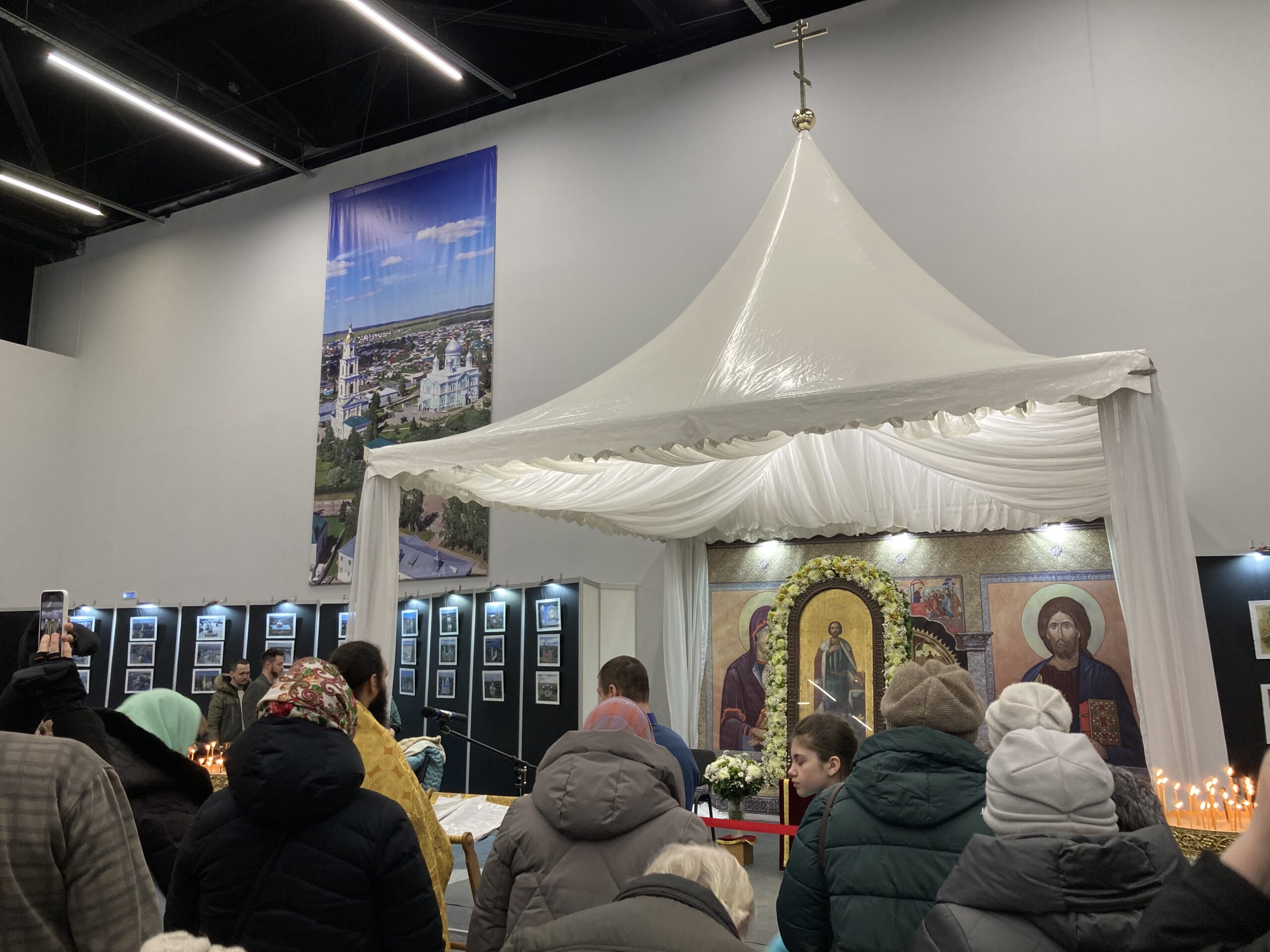
Including the Shrovetide, Maslenitsa has a very religious side to it. I was lucky enough to visit an enormous event that was carried out by the Russian Orthodox Church, with the help and participation of the Orthodox Christian community in almost twenty countries. Filling two massive halls of exhibition space, one could see plenty of people “confessing their sins” to a lot of patient nuns from all around the world, or just join what seemed like a never-ending praying session that went ahead without much of a pause during the entire time we spent at this event.
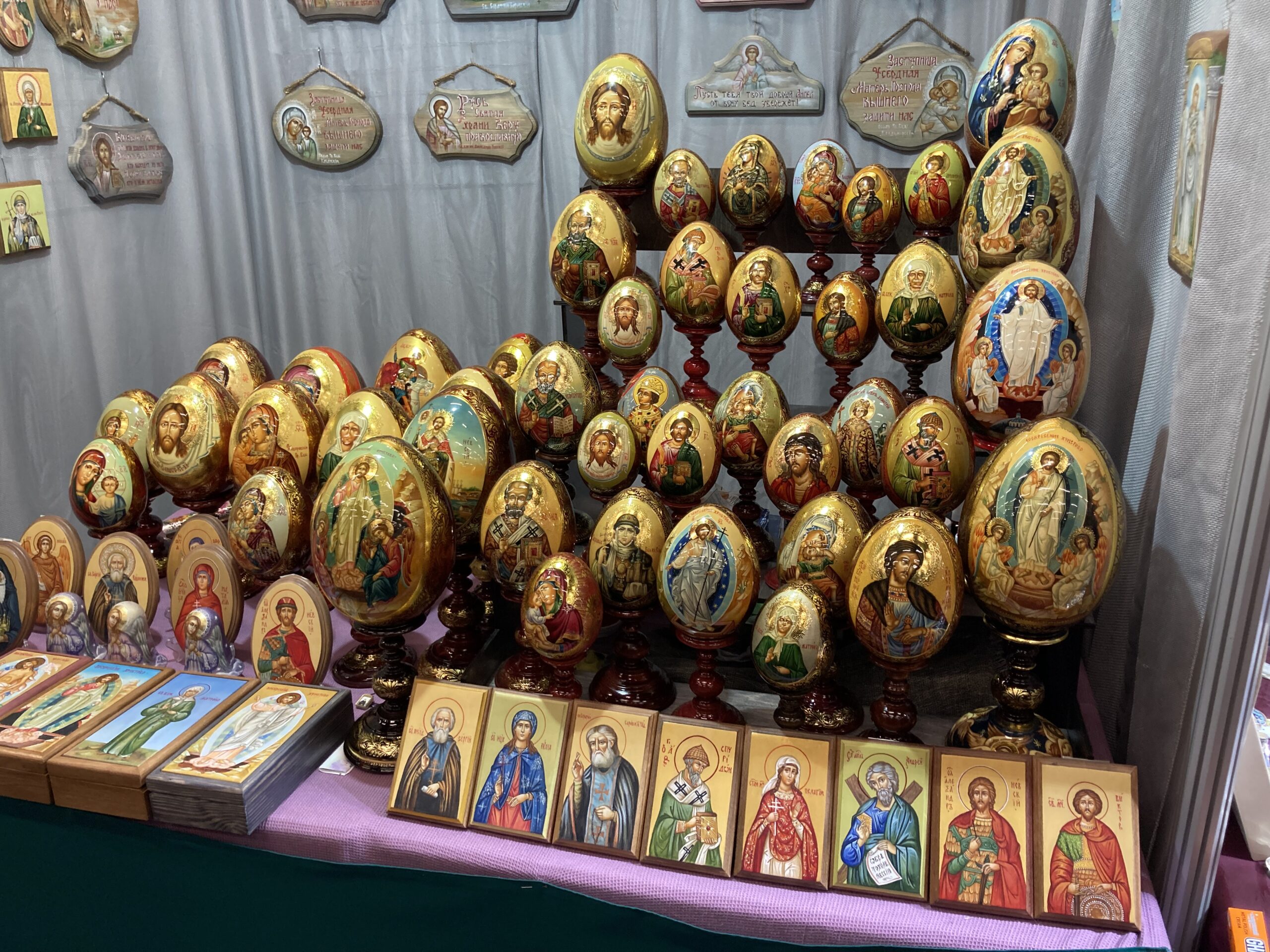
There were dedicated stalls for representatives of the church from different regions of Russia, as well as from some other Orthodox countries abroad such as Georgia, Armenia, Greece and so on. They sold all sorts of goods, ranging from extremely ornate eggs to ridiculously tasty honey. It did help that they were all sold by the least pushy people in the whole world, given that they are not normally a salesman. Well, I suppose they are a salesman of sort, but not quite…
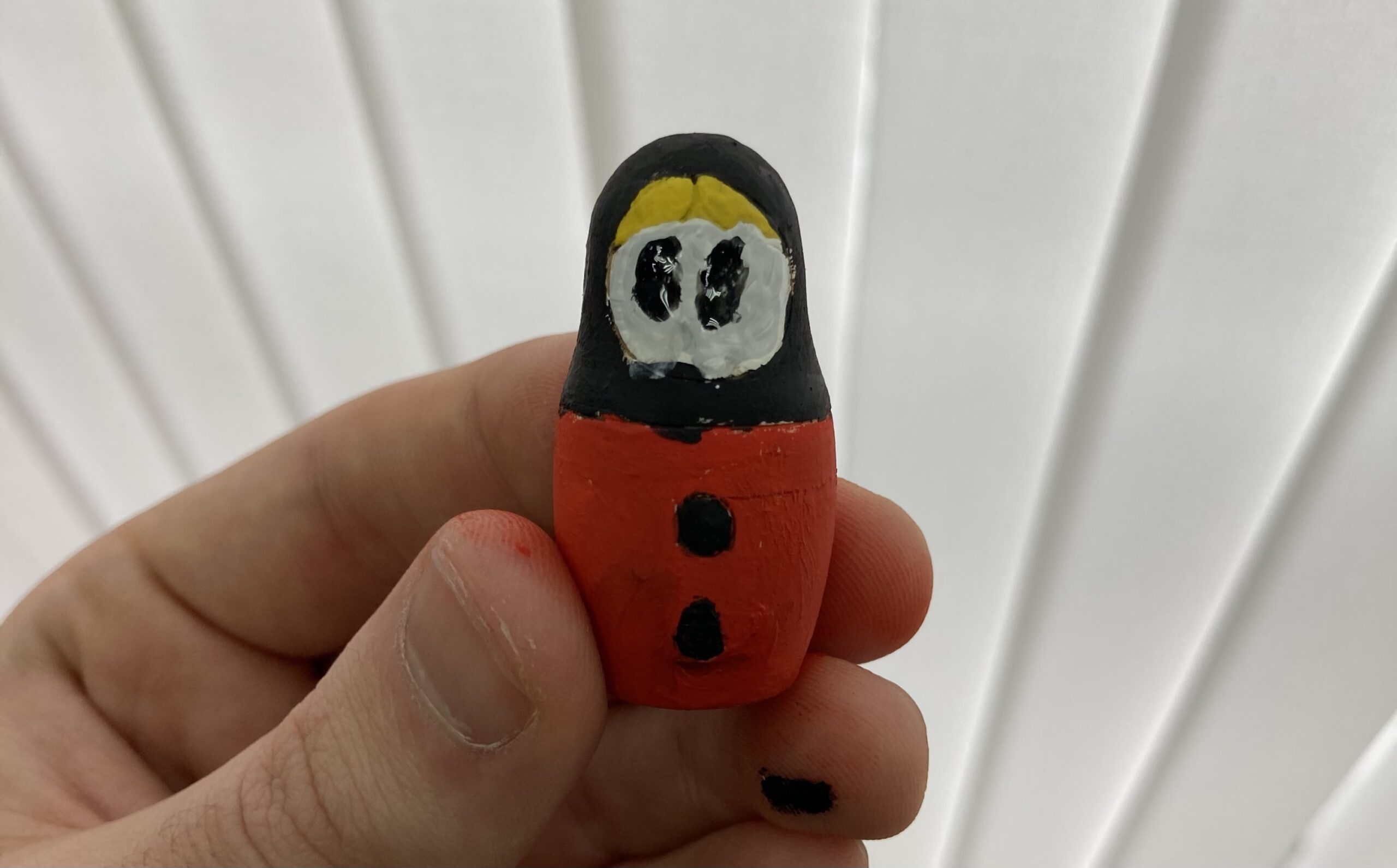
Religion is not the only thing that “shines” during Maslenitsa, culture takes a central stage as well. One can find plenty of workshops around town to learn how to make some Russian handicrafts. I made a small doll out of yarn and some napkins, though frankly it did not look like much at the end. A few days later, I found myself painting the smallest matryoshka I saw so far. You can likely participate in similar events no matter what you are doing here, but being a student certainly helps in getting into them.
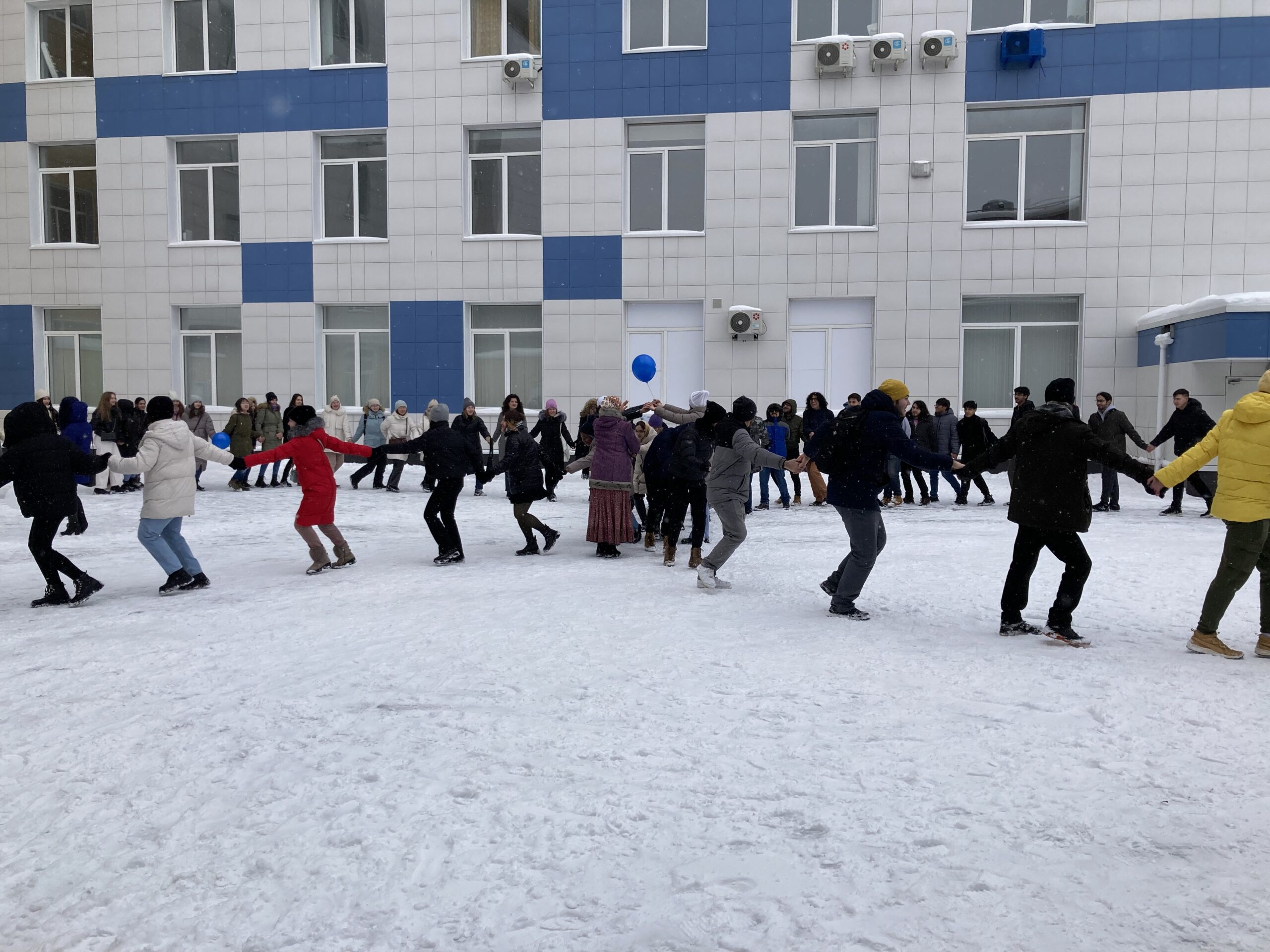
Dances and games are a big part of Maslenitsa as well. You can ski using a variety of options, form rather big circles with strangers, and see a lot of babushkas in colourful clothes going around and cheering up the youth. It is quite festive indeed, as a festival should be. During the whole week, it is rather easy to find blini all around, even in menus that do not normally have it, so you can also get rid of your pancake itch during these tasty weeklong celebrations as well.
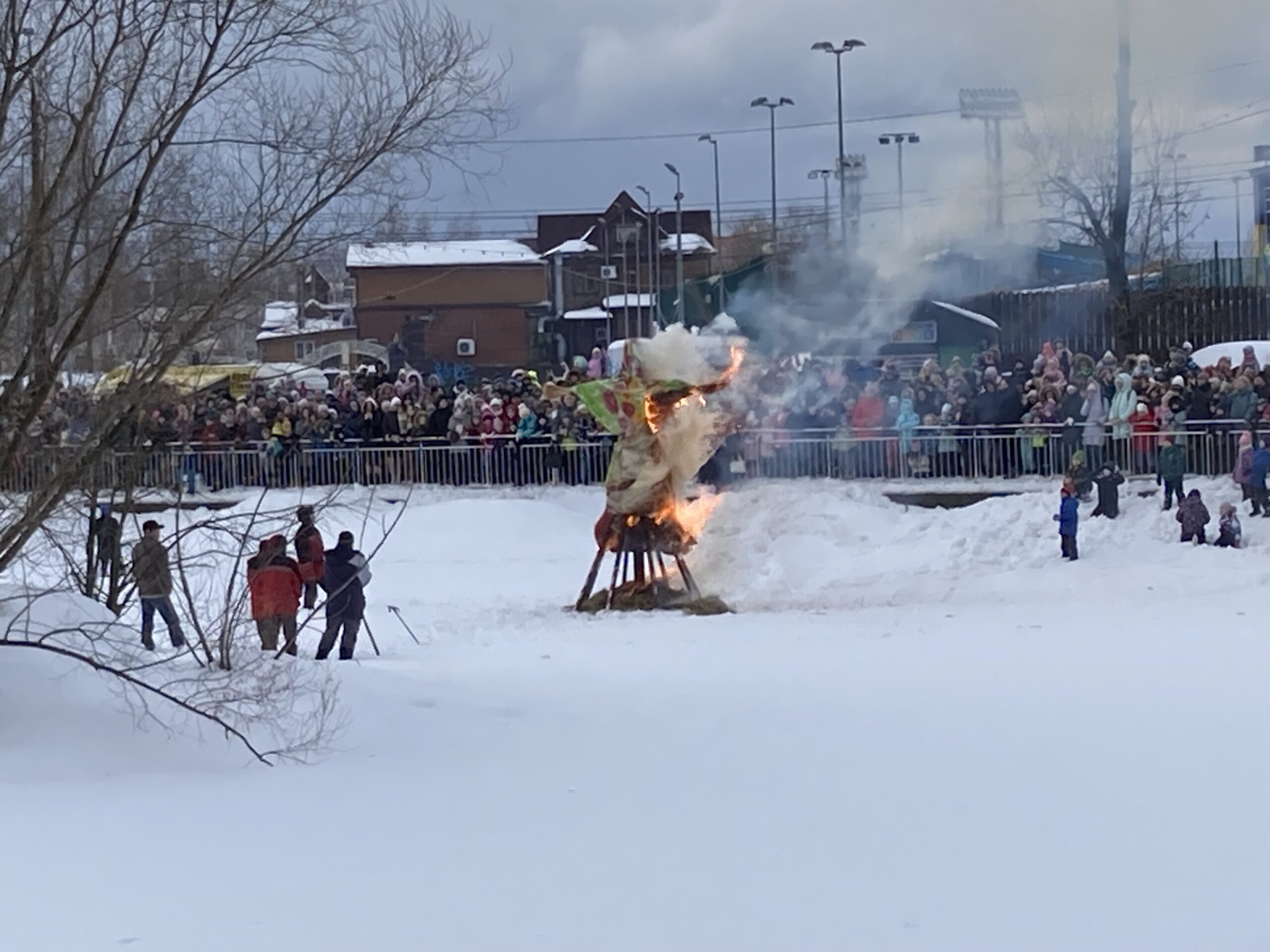
Clearly, or perhaps clearly for me, the best part of Maslenitsa is its end, when they burn a giant doll. Apparently, this represents the winter dying off and paving the path to springtime. It was beautiful to see all those people who just came together to watch an elaborate pile of firewood and hay burn down. It makes one think about traditions and their role in societies today, though for the most part it just makes you think about how the weather is getting warmer. I do not know whether I will be enjoying another Maslenitsa anytime soon, but I sure am glad to have been here to witness it first hand when I had the chance this year.
